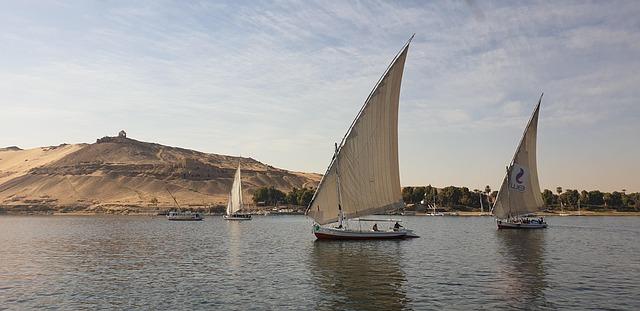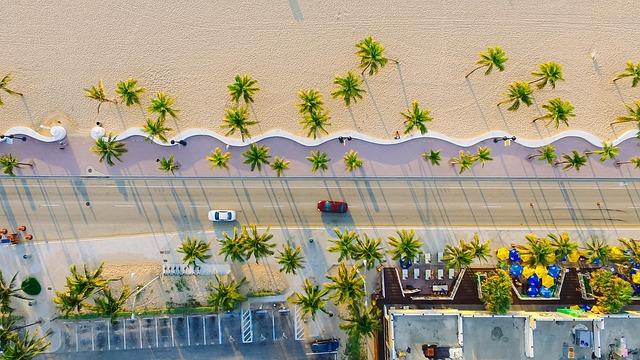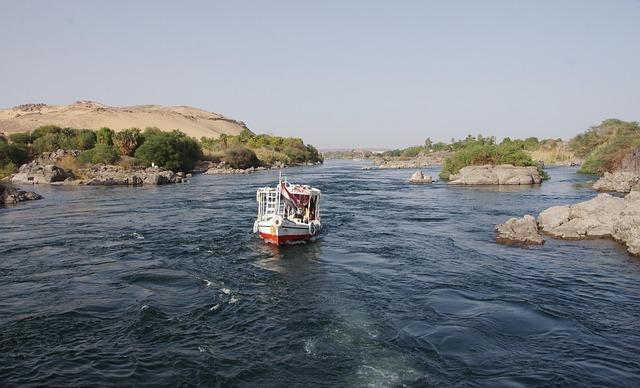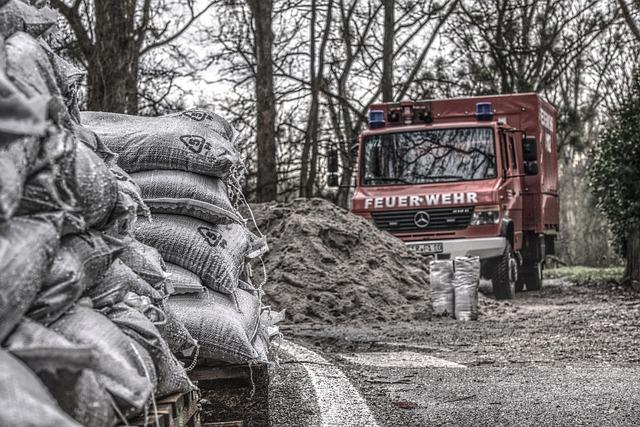- Introduction
- Roots of the Conflict
- The Grand Ethiopian Renaissance Dam (GERD)
- Flooding and Downstream Concerns
- Diplomatic and Regional Impacts
- Conclusion
- FAQs
Introduction
The tension between Egypt and Ethiopia has surged once again due to the Grand Ethiopian Renaissance Dam (GERD) and related flooding issues. This mega-dam, located on the Blue Nile River close to the Ethiopian-Sudanese border, has become a geopolitical flashpoint due to its implications for water security and environmental safety.
In this article, we will explore the root causes of the ongoing dispute, examine the development and significance of GERD, analyze the increasing concerns over flooding, and look at broader regional and diplomatic consequences. We will also cover efforts being made toward mediation and resolution. By understanding the multiple layers of this complex water conflict, we gain insight into one of the most pressing environmental and political issues in East Africa today.
Roots of the Conflict

(Image: Pixabay/@piyumi76)
The Nile River has long been the lifeline of Egypt, where about 97% of the population lives along its banks. Egypt relies on the Nile for nearly all its freshwater, creating a deep-seated dependency that has shaped policies for centuries. Sudan, sandwiched between Egypt and Ethiopia, also benefits from the river’s flow but has often found itself caught in disputes between its two larger neighbors.
The seeds of conflict were sown in colonial-era treaties—the 1929 and 1959 Nile Waters Agreements—which granted Egypt and Sudan significant control over Nile water use. These accords excluded upstream nations, including Ethiopia, which contributes around 85% of the Nile's flow via the Blue Nile. Over time, upstream countries began to question the fairness and legality of those arrangements.
Ethiopia's position is that it has the sovereign right to utilize its own natural resources such as the Blue Nile. Egypt, however, views large-scale upstream projects like GERD as existential threats that could severely reduce its water supply. The disparity between national interests and historic claims has thus created a high-stakes power struggle centered on the waters of the Nile.
The Grand Ethiopian Renaissance Dam (GERD)

(Image: Pixabay/@Pexels)
Launched in 2011, GERD is Africa's largest hydropower project. When completed, the dam will stand 145 meters tall and span 1,780 meters across the Blue Nile. With a projected electricity generation capacity of over 6,000 megawatts, the project symbolizes Ethiopia's ambition to become the renewable energy hub of Africa.
For Ethiopia, GERD represents a transformative infrastructure project, both economically and socially. The government argues that the project will lift tens of millions out of poverty by supplying cleaner and more reliable electricity. GERD has already begun partial power generation, fueling hope within Ethiopia for rapid industrialization.
However, construction has moved ahead without a tripartite agreement involving Egypt and Sudan. This unilateral development has heightened distrust and ratcheted up tensions, especially during periods when reservoir filling begins—often coinciding with rainy seasons that bring increased flooding risks downstream.
Flooding and Downstream Concerns

(Image: Pixabay/@DEZALB)
One of the core fears surrounding GERD is unregulated flooding. While the dam aims to provide flood control and water storage, critics argue that if mismanaged, it could exacerbate water stress or sudden floods in Sudan and Egypt. For both countries, the threat is not just hypothetical—areas in Sudan have already reported abnormal flooding patterns since the dam’s initial filling phases began.
Egyptian officials warn that if Ethiopia continues to fill GERD’s reservoir unilaterally, it risks creating erratic downstream water supplies, which could harm agricultural production, reduce drinking water availability, and destabilize ecosystems. In extreme scenarios, some experts argue that poor reservoir management could increase the likelihood of catastrophic floods or droughts further downstream.
On the other hand, Ethiopia counters that GERD will ultimately help regulate seasonal floods, especially in Sudan, by storing excess water during the rainy season. The debate, therefore, is not just about water quantity but also about timing, predictability, and court-backed commitments to coordination—all of which are currently lacking.
Diplomatic and Regional Impacts

(Image: Pixabay/@Limboko)
The GERD saga has extended beyond bilateral tension to affect broader regional politics. Multiple rounds of African Union (AU)-led negotiations have taken place, with Sudan often playing the role of mediator while navigating its own interests. Despite international involvement, including from the U.S., European Union, and World Bank, a long-term agreement remains elusive.
Recently, increased rainfall and subsequent flooding sparked renewed accusations from Egypt, claiming Ethiopia is neglecting transboundary water policies, and putting millions of people at risk. These allegations contribute to volatile rhetoric and raise fears of potential military escalation, although both nations have indicated a preference for diplomacy.
The hydro-political standoff has also influenced developmental priorities within neighboring countries. Uganda, Kenya, and other Nile Basin states watch these events closely, knowing that any new regional water-sharing frameworks may redefine water access rights across East Africa.
Conclusion
The ongoing clash between Egypt and Ethiopia over dam-related flooding reflects not only competing developmental goals but also the complexities of managing shared natural resources across borders. While GERD holds transformative potential for Ethiopia, it also poses real risks if coordination fails.
A durable solution requires transparent, timely data-sharing, clear dispute resolution mechanisms, and legally binding agreements acceptable to all parties. Trust-building efforts, peaceful dialogue, and regional cooperation through mediators like the African Union are more crucial than ever to prevent the conflict from spilling over into economic turmoil or open confrontation.
FAQs
What is the current status of the Grand Ethiopian Renaissance Dam?
As of 2024, GERD has completed several water-filling phases and has started generating partial electricity. Construction of the remaining infrastructure continues, though no final agreement with Egypt and Sudan has been reached.
Why is Egypt opposed to the dam?
Egypt fears that GERD will significantly reduce its share of Nile water, threatening its agriculture, drinking water, and overall water security. Egypt demands a legally binding agreement to manage water flows and avoid adverse impacts.
Has Sudan taken a side in the dispute?
Sudan has fluctuated in its stance. At times, it has aligned with Egypt due to similar concerns over water safety and flooding. However, Sudan also recognizes potential benefits from regulated river flows controlled by GERD.
Could the conflict escalate into military confrontation?
While military options have been mentioned rhetorically, both Egypt and Ethiopia emphasize diplomatic solutions. International observers continue to encourage peaceful resolution through dialogue and mediated agreements.
Is international law applicable to this situation?
Yes, but with limitations. International water laws suggest equitable and reasonable use, but enforcement mechanisms are weak. Countries often rely on negotiations and treaties to manage shared resources like rivers.

